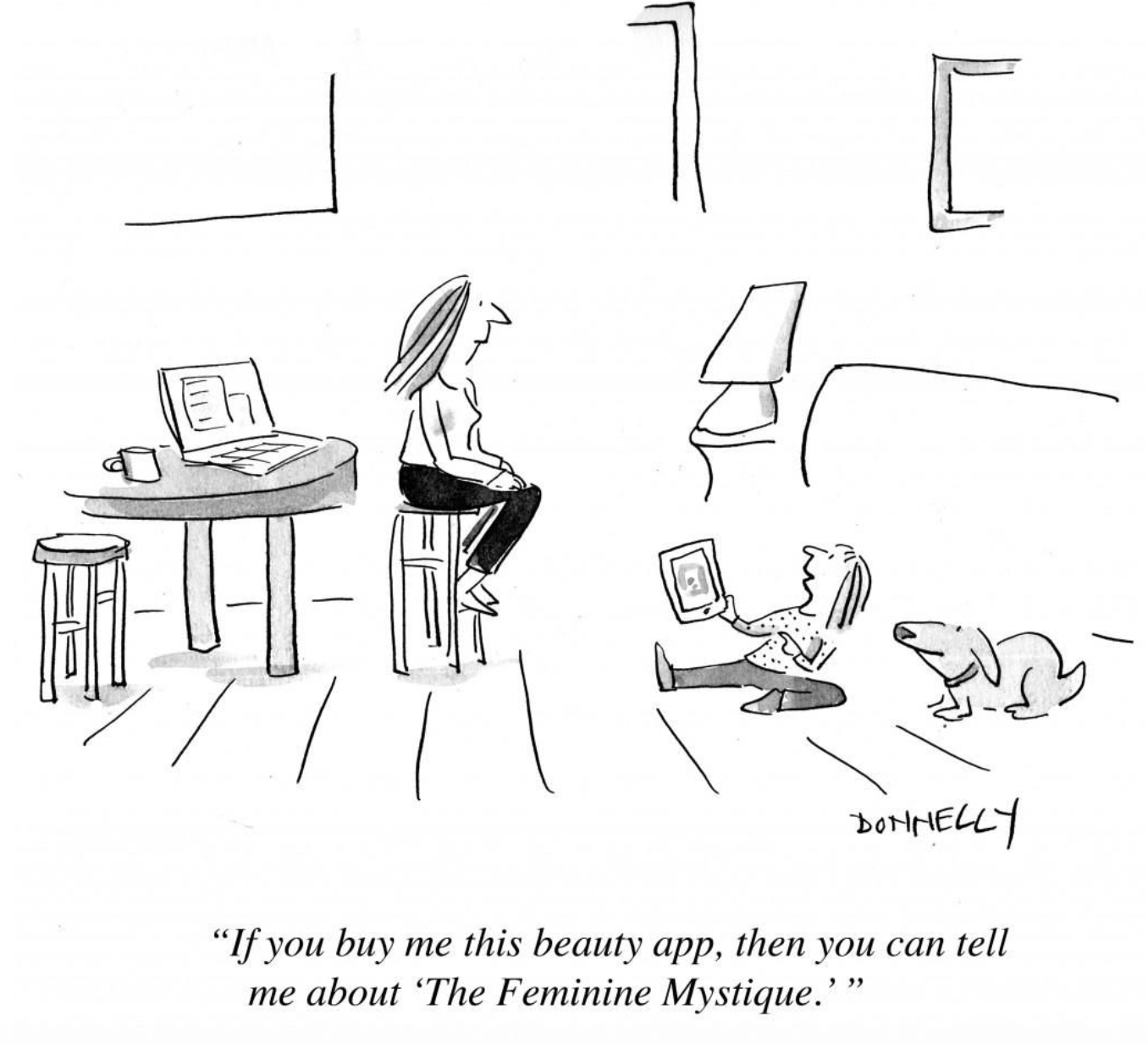In the age of extensive social media awareness, it is worrying when concepts of feminism and self-love excite conversation because they make you trend and are fashionable to talk about.
The much sought after influencer status accompanied with the number of likes and shares on condemnation posts has become more important to maintain than explore what makes these problems persist. India, a country which has not deterred from its politics of hypocrisy and convenient criticisms during a global epidemic has seen a 7.3% annual rise in statistics for crimes against women reported as per the NCRB report for 2019; providing influencers with much material to talk about and give their followers much to think about. It seems to be a great survival skill to have (the influencing that is), given this home-wrecking, relationships-devastating pandemic. Even more so, it is the perfect tool to keep important conversations going since the world has moved online. But how far are we from really making a difference? Are a few Rega Jhas, Naman Tanejas and Vir Das enough to take on the social conditioning of 1.3 billion people? Do we even stand a chance against the revered Manus and Savarkars?
“Girls are not machines that you put kindness coins into until sex falls out.”
– Sylvia Plath
If time has taught us anything it is that history repeats itself, which is why there needs to be continuous conversation, and not just dutiful hindsight. It is true that the urban educated job-searching generation today, even if classified as working class, is more invested in problems outside of ourselves since our parents have done most of the working already to ensure comfortable lifestyles. We can focus more on the general environment’s well-being, climate control, how statistics show that most modesty-outraging assaults faced by women in our country are at the hands of someone they know; and we have the luxury of holding liberal views. When it comes to crimes against women however, “it’s not something you can just explain by statistics. It’s also to do with the power dynamics in a given state, society at a given point of time,” says Indira Jaising, human rights lawyer and senior advocate to fact-checking website Boom.
A recurring argument which can be heard in the ardent gujju-twins supporting circles is that the government is doing everything it can, with its “Beti bachao, beti padhao”-like schemes and working to close the gap between the two genders’ at-work ratio. But what does it say about their work if the majority up and coming voting population is more driven by what is said on Instagram than on Mann-ki-Baat (which is a multi-crore investment as per an RTI filed in 2015)? The female is a revered specie when in the form of stone from any of the believable mythological stories. But the courtesy only extends so far. How would female influencers be comfortable enough to talk about and put their stories or thoughts out there, when the very law upholders supposed to protect them become complicit in a heinous crime, allegedly helping offenders escape scot-free? These fears are not in the least bit misplaced. In early July this year, a female comedian was threatened with sexual assault for comments about the Chhatrapati Shivaji Maharaj statue due to be built in Mumbai. Even though the accused from Vadodara city was arrested, Maharashtra Home Minister directed the state police to take legal action against the comedian. Is it really much of a choice then that the most followed influencers survive on make-up tutorials and tiktoks? All this and we have not even touched the controversial Unlawful Activities (Prevention) Act (UAPA).
In the age of limitless Internet, we remember our evergreen female freedom fighters and writers at least once a year, probably for their quotes on International Women’s Day. Instagram pages flaunt them with scenic backgrounds of places we would rather be. The idea of India outside of it, seems to be its achievements in population numbers, snake-charmers and our tolerance of heat. One of the leading pop bands, Coldplay has repeatedly managed to be party to Orientalism. Their 2016 song Hymn for the Weekend featuring pop icon Beyoncé was shot in India, showing not the various developed parts of the country but landscapes, pooja ghats and the Destiny’s Child legend in a so-called traditional Indian outfit and ornaments (which in fact, were not all Indian). A Guardian article termed the band as only the latest addition to a list of stars to have misrepresented “India as an exotic playground”, fueling the cultural appropriation debate. This however does not come close to the atrocities committed as a direct result of how the female body is picturised in our country. If only she would care enough to be aware of it, there is no doubt that Beyoncé bhi sharma jaati…
Time we handed this over to the “angry feminist types”. No?
